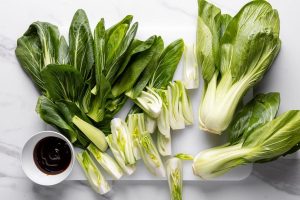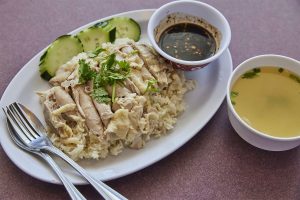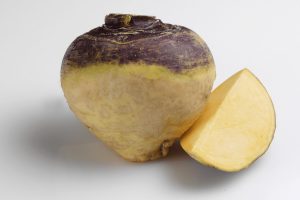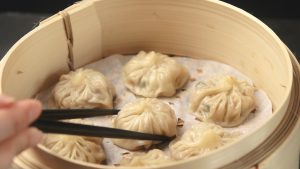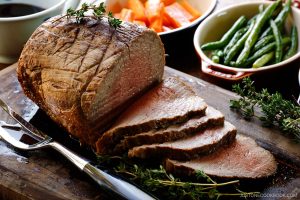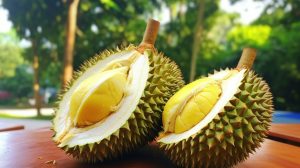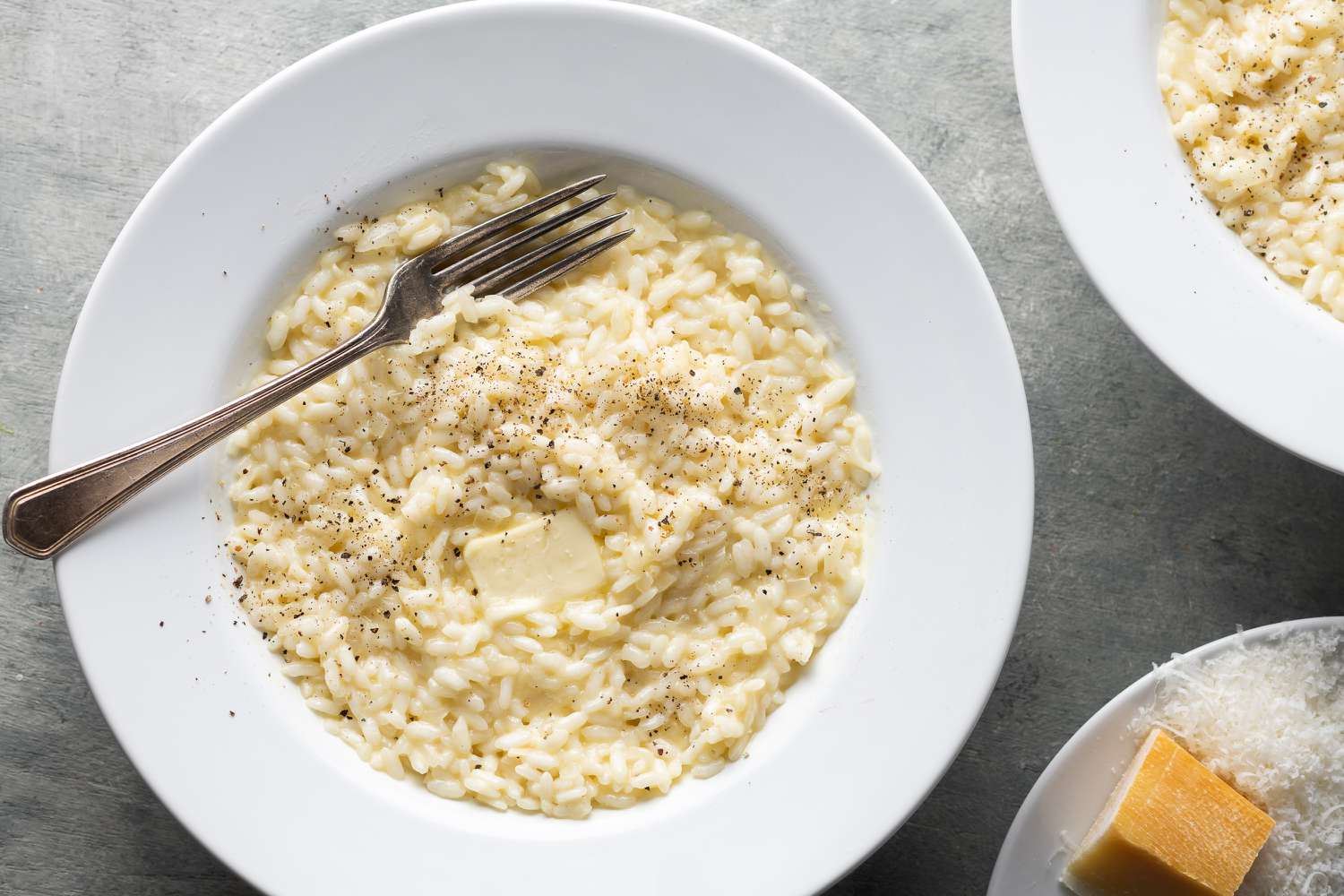
32 interesting facts about Risotto
- 👁️ 479
Risotto, the creamy and comforting rice dish from Italy, has won the hearts of food lovers around the globe. Originating from Northern Italy, particularly the Lombardy region, risotto showcases the Italian flair for turning simple ingredients into sublime cuisine. This dish is a testament to the versatility of rice when cooked with patience and care, blending broth, butter, wine, and cheese into a rich, flavorful experience. Its preparation is considered an art, requiring attention and technique to achieve the perfect consistency and depth of flavor. Here are 32 interesting and informative facts about risotto that highlight its culinary significance, variety, and the secrets behind its deliciousness.
- Risotto is traditionally made with Arborio rice, a short-grain rice known for its high starch content and ability to absorb liquids.
- The key to risotto’s creamy texture is the constant stirring during cooking, which releases the rice’s starch.
- Unlike most rice dishes, risotto is cooked uncovered and requires frequent addition of broth.
- The first known risotto recipe appeared in 1809 in a cookbook by Giovanni Felice Luraschi.
- Risotto alla Milanese, one of the most famous versions, is flavored with saffron, giving it a distinctive yellow color and rich taste.
- The broth used in risotto can be derived from meat, fish, or vegetables, depending on the recipe.
- A properly cooked risotto is al dente, meaning the rice grains are firm to the bite.
- It is traditionally served as a primo (first course) in Italian dining, before the main course.
- Wine, typically white, is added to the rice at the beginning of cooking to impart acidity and depth of flavor.
- The mantecatura is the final step in making risotto, involving vigorous stirring with butter and Parmesan cheese to achieve its signature creamy consistency.
- Carnaroli rice is another popular variety for making risotto, prized for its slightly firmer texture and larger grain.
- Risotto was originally a dish of the poor, utilizing simple ingredients to create a filling meal.
- The dish must be served immediately after cooking, as it continues to thicken and can become too dense.
- Mushroom risotto, made with porcini or other wild mushrooms, is another classic variation that highlights the earthy flavors of the fungi.
- The addition of seafood, such as shrimp or scallops, transforms risotto into a luxurious dish suitable for special occasions.
- In Italy, risotto is often cooked with stock made from scratch, emphasizing the importance of fresh, quality ingredients.
- The art of making risotto is often passed down through generations in Italian families.
- Some modern versions of risotto incorporate unconventional ingredients like truffles, champagne, and even strawberries.
- Leftover risotto can be used to make arancini, fried rice balls filled with cheese or ragù.
- Risotto requires a watchful eye and cannot be left unattended during cooking to prevent sticking or burning.
- The slow absorption of broth is crucial to the dish’s flavor, allowing the rice to gradually take on the taste of the liquid.
- Italian chefs sometimes finish risotto with a splash of fresh lemon juice to add brightness.
- Asparagus risotto is a popular springtime dish in Italy, celebrating the season’s fresh produce.
- Cooking risotto is a labor of love, typically taking about 18 to 30 minutes of continuous attention.
- The term “risotto” comes from the Italian word “riso,” meaning rice.
- Each region of Italy has its own risotto specialty, reflecting local tastes and ingredients.
- The consistency of risotto is described as “all’onda” (wavy), meaning it should spread gently and be slightly fluid when served.
- A variation called “risotto nero” is made with squid ink, offering a dramatic black color and unique seafood flavor.
- Some chefs use vegetable purees, such as pumpkin or beetroot, to add color and sweetness to risotto.
- Risotto is considered a comfort food in Italy and many other parts of the world, known for its warmth and richness.
- It is a versatile dish that can be adapted to suit vegetarian, vegan, and gluten-free diets with appropriate ingredient substitutions.
- The success of a risotto dish is often judged by its ability to balance creaminess with the individual identity of each rice grain.
Risotto stands as a pillar of Italian cuisine, embodying the principles of simplicity, quality, and technique. This dish not only showcases the versatility of rice but also the culinary creativity that can transform humble ingredients into a luxurious meal. Whether enjoyed in a cozy home kitchen or a fine dining restaurant, risotto continues to delight and comfort diners with its rich flavors and creamy texture. As we explore the various interpretations of risotto, we gain a deeper appreciation for the culinary traditions that have made it a beloved classic worldwide.

